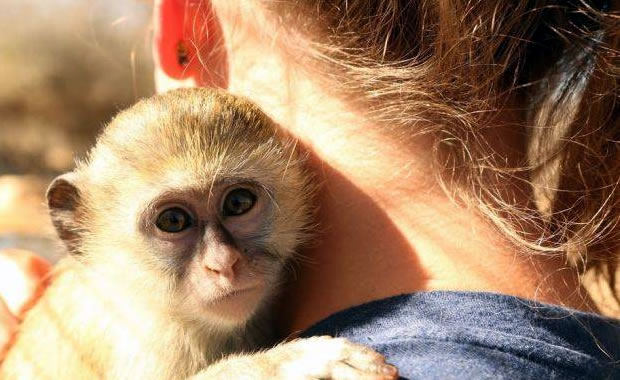
Creature Profile
The Culebra Island giant anole is an extremely rare lizard and possibly extinct. It is found on Culebra Island in Puerto Rico, and the last known sighting of a live specimen (by a biologist) was in 1932. It is a large anole and can reach up to 6.3 inches in length from head to tail. It is brownish-gray in color with two lines going down each side, and its underside is whitish in color. There is a distinct light spot on the temple. The tail is yellowish-brown in color, and adult males have a deeply scalloped fin along most of the tail.
This lizard seems to prefer to live in trees, and may be restricted to Ficus and Gumbo-limbo trees. The exact diet of this lizard is unknown, but biologists believe it eats fruit from these trees. Similar species are known to eat fruits, insects, and smaller lizards. There is no information available on its reproductive behavior and life cycle. In general, male anoles begin their search for females to mate with by showing their throat fans. When a male finds a female, he bobs his head up and down and extends the throat fan. Males will fight for a female, and the winner begins to mate with her. Female anoles generally lay one egg, and may lay another every few weeks.
The main threat to the species is habitat destruction and pollution of plants and fruits that the anoles might eat. The species was listed as endangered in 1977, but the species has not been seen in the wild since the 1930s, and very few additional conservation measures have been implemented to preserve the species. Two specimens can be found at the University of Michigan Museum of Zoology and Harvard University.
Wikipedia Article

|
Wikipedia Article Copyright Notice: This article is licensed under the GNU Free Documentation License. It uses material from the Wikipedia article "Culebra Island giant anole". |
April 29, 2017
Glenn, C. R. 2006. "Earth's Endangered Creatures - Culebra Island Giant Anole Facts" (Online). Accessed 4/16/2024 at http://earthsendangered.com/profile.asp?sp=531&ID=9.
Need more Culebra Island Giant Anole facts?




